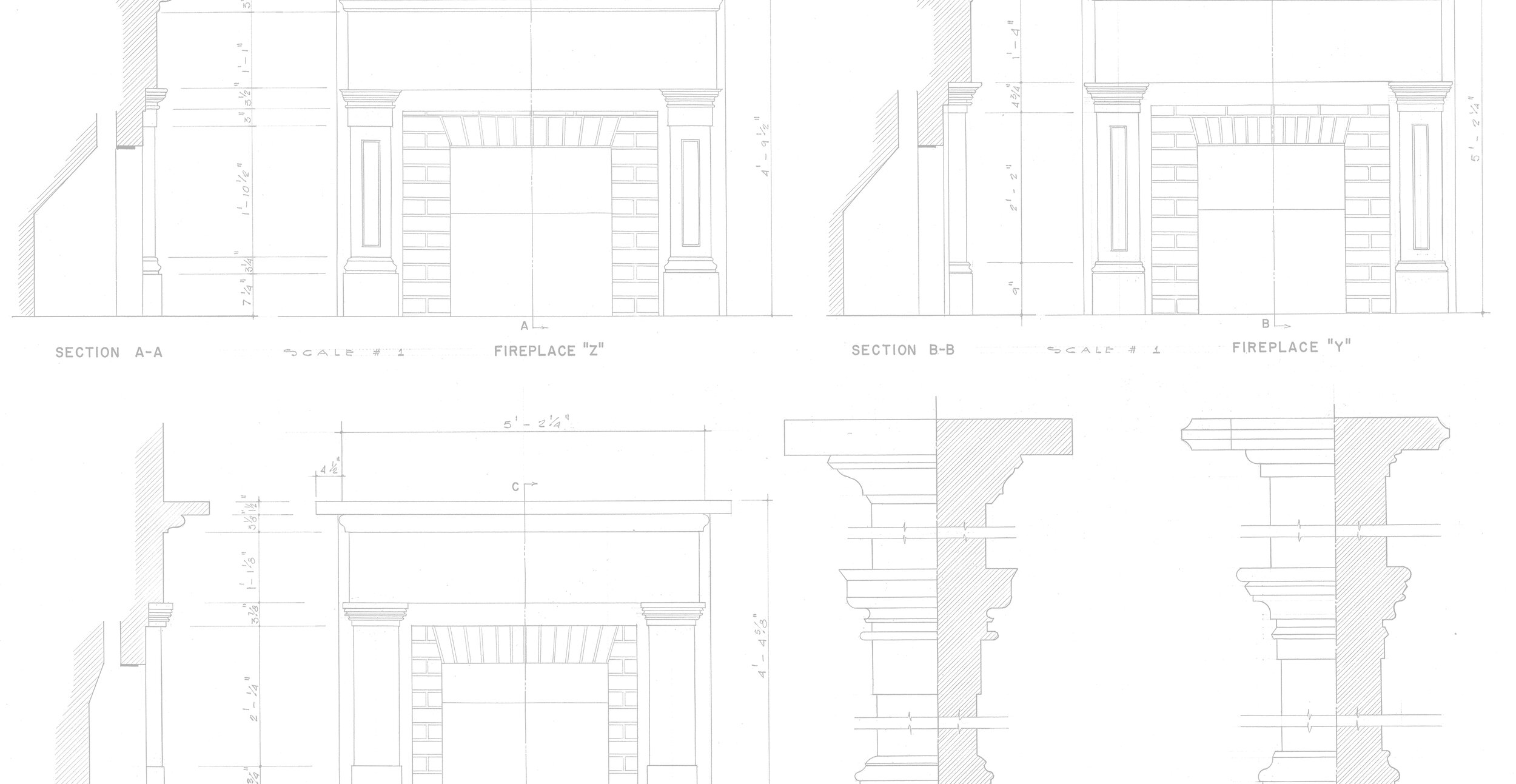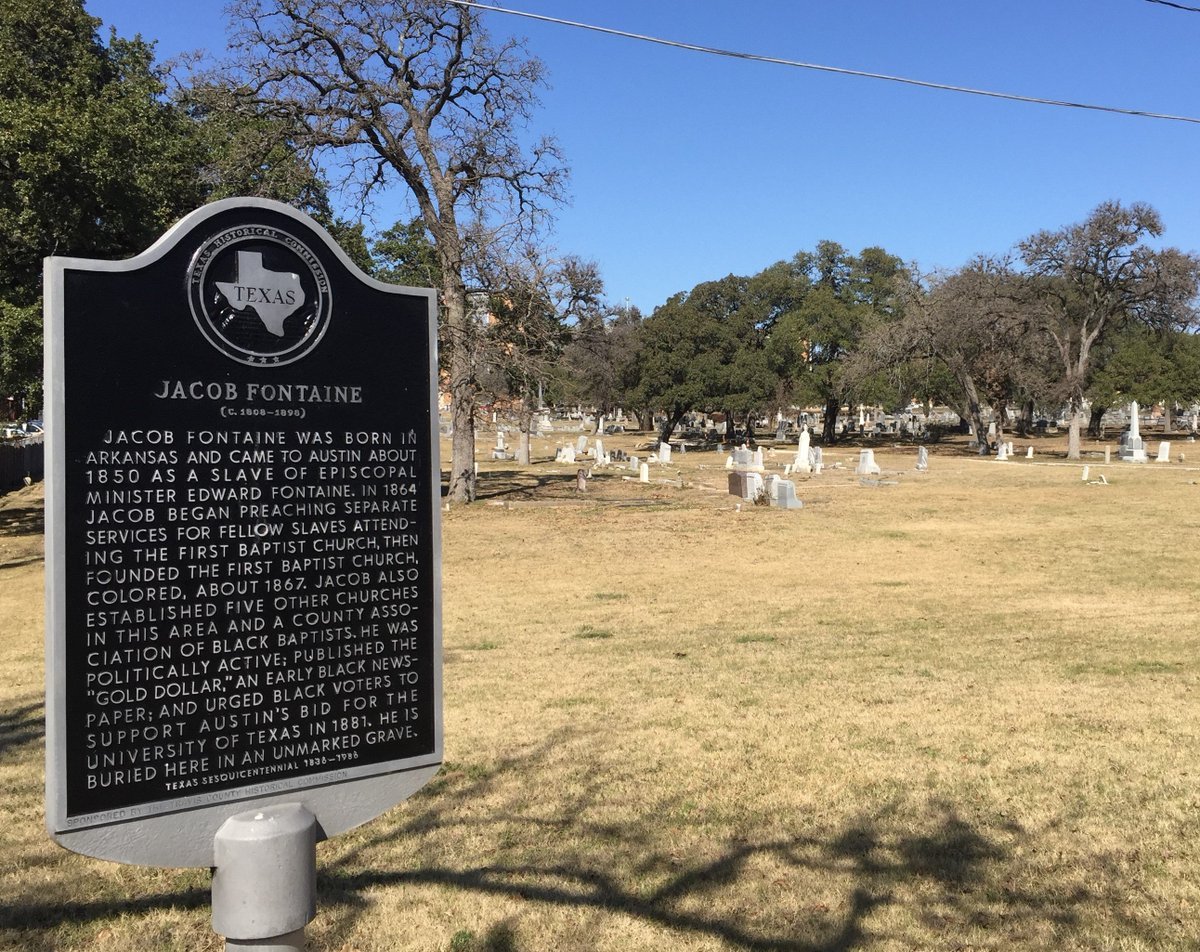
Places associated with early Black Austin history face many challenges to their recognition and preservation. So it’s encouraging to be able to highlight some 19th century historic sites that are currently undergoing restoration, expanding public access, and finding new ways to research and explore our shared history.
The George Washington Carver Library, Cultural and Genealogy Center’s currently has an exhibit on view that covers this time period. Visit “The African American Presence in 19th Century Texas,” to learn more.
Hezikiah Haskell House (1879)
1705 Waterston Avenue
Image courtesy of Clarksville Community Development Corporation
Built by a formerly enslaved man just after the Civil War, the 1879 Hezikiah Haskell House stands as a reminder of Clarksville’s historic roots. Hezikiah Haskell, a union soldier and then a Buffalo Soldier, came to own the house by marriage. After the death of Hezikiah Haskell Jr. in 1976, it was deeded to the City and became a symbol of this Freedom Colony’s early history.
The Haskell House is maintained by the Clarksville Community Development Corporation and recently expanded opening hours from 1 to 4 p.m. on the 2nd and 4th Sundays of each month, except for December. It is also open by appointment.
Dodson House at Jourdan-Bachman Pioneer Farms (circa 1870s)
10621 Pioneer Farms Drive
Jack and Mary Jane Dodson first rented this house when it was located on Manchaca Road in what was then a Freedom Colony known as Rose Colony. The home sat on a 115-acre farm, and they purchased the property a few years later in 1891 for about $30 an acre, $3000 in total. The Dodsons lived for many years in the house. In recent years, the Dodson House was relocated to Pioneer Farms to save it from demolition. The house, generously donated by the landowners to preserve its history, is being restored on the Pioneer Farms grounds, and interpreted to the 1890 period when the Dodsons moved in.
The Dodson House is open in a limited capacity; the front room can be toured by visitors to Pioneer Farms.
Neill-Cochran House Museum Slave Quarters (1856)
2310 San Gabriel Street
The two-story Slave Quarters building at the Neill-Cochran House Museum (NCHM) is the only intact slave dwelling in the original city of Austin. The outbuilding was built concurrently with the NCHM main house and may have housed the laborers who built the main house. In the late 1850s, the NCHM was the first site of the Austin School for the Blind, and enslaved people who labored at the school lived in the Slave Quarters, likely on the second floor. After Emancipation, the structure continued to serve as living space well into the 20th century. More recently, it was used for storage and its history as a slave dwelling was forgotten until research in the 2010s brought that information to light once more.
The NCHM Slave Quarters is open to the public with admission to the Neill-Cochran House Museum.
The Jacob Fontaine Gold Dollar Building (1869)
2402 San Gabriel Street
In 1869, a freedman from Arkansas, James Wheat, acquired three parcels of land including present-day 2409 San Gabriel St. The Wheat family became the namesake, if not the founders, of a freedom colony or freedmen’s community called Wheatville. Other Black people soon purchased small lots in the area—including George Franklin, who bought property at present-day 2402 San Gabriel St. that same year and set up a wagon park on it—and the self-directed community began to grow.
On March 22, 1870, Jacob Fontaine acquired the adjacent lot (2400 San Gabriel), where he lived with his extended family. Fontaine was a prominent Baptist minister who had been enslaved by Edward Fontaine, the personal secretary of Texas President Mirabeau B. Lamar and the founding rector of St. David’s church. Reverend Fontaine published The Gold Dollar, an early Black newspaper in the south and one of the first Black newspapers west of the Mississippi, from his home at 2400 San Gabriel in the 1870s. In addition to his work as a preacher, teacher, and newspaper publisher, Fontaine was a prominent Black Republican, one of the first Black people to vote in Travis County, and an active participant in the Black politics of Texas.
The Jacob Fontaine Gold Dollar Building is a City of Austin Historical Landmark and reopened to the public in 2022 as Cauldron Coffee.
Oakwood Cemetery (established 1839)
1601 Navasota Street
Photo courtesy of Black History Bike Ride
In 1839, when Austin was favored as the site for the capital of the Republic of Texas, a public cemetery was established. At the time, the cemetery was located just northeast of the original town plat borders. At first, the cemetery consisted of 10 acres of land now now known as the Old Grounds in Section 1. Eventually, the cemetery grew to 40 acres divided into sections 1-4. Section 4 was segregated for communities of color including African Americans, Mexican Americans, and anyone who was impoverished and buried at the City's expense.
Oakwood Cemetery is the burial site for many prominent African-Americans of early Austin, including minister and entrepreneur, Jacob Fontaine (1808-1898), the first president of the Colored Teachers State Assn., L.C. Anderson (1853-1938), and educator and newspaper editor Rueben Shannon Lovinggood (1864-1916).
Save Austin Cemeteries is a non-profit organization that works to preserve and restore Austin’s historic cemeteries. They offer digital and walking tours of Oakwood Cemetery.
We hope this list of important historic sites will inspire you to visit the landmarks of Black Austin and appreciate the incredible contributions of people who were central to the city’s development. There are many other sites that deserve recognition and many that have miraculously survived until today but are endangered by neglect and a lack of resources and historical research. If you know of a site that we should add to our list, please let us know at info@nchmuseum.org.






